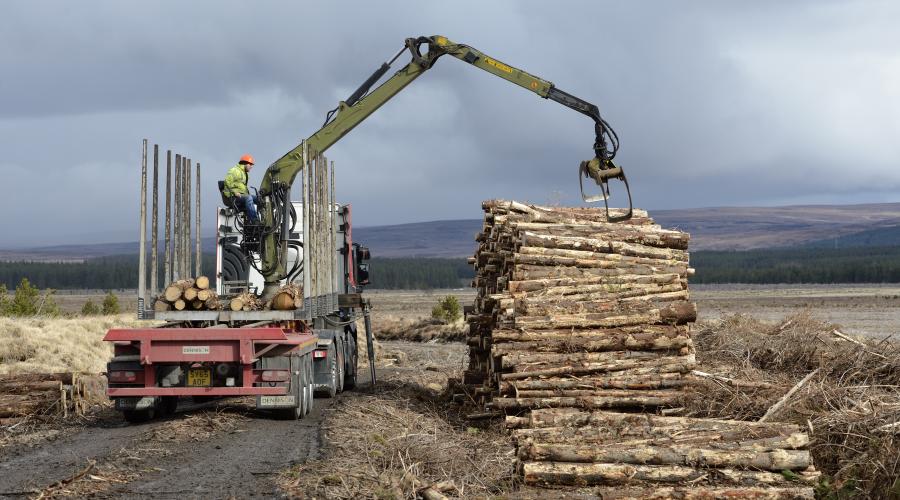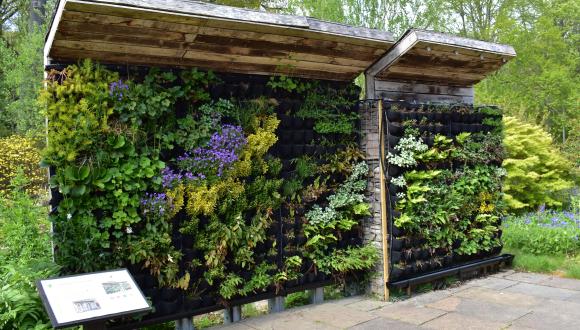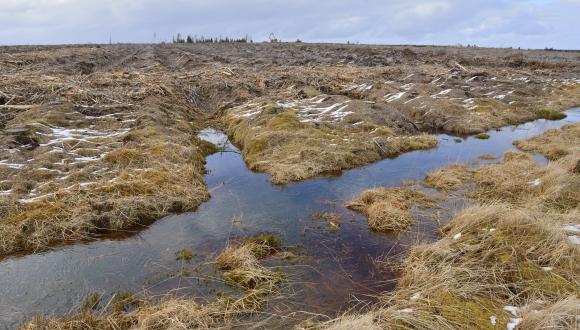
Woodland benefits
Woodland ecosystems offer many benefits to Scotland’s people – from food, timber and recreation to carbon storage and cleaner air.
Human health and well-being
All greenspace benefits our health and well-being by promoting both exercise and relaxation. There’s a correlation between people’s happiness and the presence of accessible, green, safe and pleasant places.
Certain things about woodland make it particularly valuable:
- trees provide shelter from wind and rain
- it’s often quieter in woods than in more open spaces – trees can reduce noise levels
- trees and woods give a sense of cover and seclusion
- more people can visit woodland than an open greenspace without disturbing each other
The Scottish Forestry Woods for Health strategy is based on research that’s shown that:
- being able to view woodlands seems to help to reduce stress and mental fatigue
- views of greenspace from a hospital bed can speed up patient recovery time and reduce hospital stays
- behavioural and emotional problems in children may improve with exposure to woodlands and greenspace
Carbon storage
Scotland’s forests already absorb some 1.86 million tonnes of carbon per year. Increasing forest cover from 17% to 25% of Scotland’s land area over the next 15 years could raise this figure.
Carbon removal by forests could go up to more than:
- 2 million tonnes of carbon per year by 2030
- 2.5 million tonnes of carbon per year by 2040
Trees aren’t our only form of carbon storage. Our peatlands and other soils store about 2.7 billion tonnes of carbon per year.
Badly planned forests can cause carbon emissions by drying out wet soils and speeding up their decomposition. We must be careful to avoid planting on organic soils, which will release more CO2 than the trees absorb.
Ecosystem services
Woodland can help to purify our air and water, reduce flood risks and decontaminate soils in post-industrial areas.
Riparian woodlands (on river banks) are an excellent example:
- the woodland filters water from the soil in nearby fields, removing nutrients and other pollutants before it reaches the river
- tree roots prevent erosion of the river banks
- leaves that fall into the water provide food for aquatic creatures
- invertebrates that fall from leaves and branches form up to 90% of the diet for some fish, e.g. brown trout
- the shade cast by trees – as long as it’s not too dense – keeps the water cool enough for fish to survive
This benefit is becoming increasingly vital, as peak water temperatures have risen and are expected to rise further as a result of climate change.
Timber
Scotland’s forests are the most productive in the UK.
Softwood availability has been forecast (published April 2014) to average 10.2 million cubic metres in volume per year from 2013 to 2061. This is up from 6.9 million cubic metres on average per year from 2007 to 2011.
Our current hardwood production is around 50,000 cubic metres per year. More could be produced if markets were available.
Scotland’s estimated annual consumption in 2008 was 6.5 million cubic metres. In theory, we could be self-sufficient in timber. In practice, we import and export both wood and wood products.
Non-timber forest products
Non-timber forest products (NTFPs) is a term that describes all of the other materials supplied by woodlands besides timber.
NTFPs from Scottish woodlands include:
- wild and managed game
- berries, mushrooms and other edible plants
- medicinal plants
- foliage, seeds, bark and resins
- dyes and craft materials
Recent surveys suggest that more than 200 NTFPs – which come from 173 vascular plant and fungal species – are regularly collected in Scotland.
Learn more about the wild resources in our woodlands on the ForestHarvest website.





